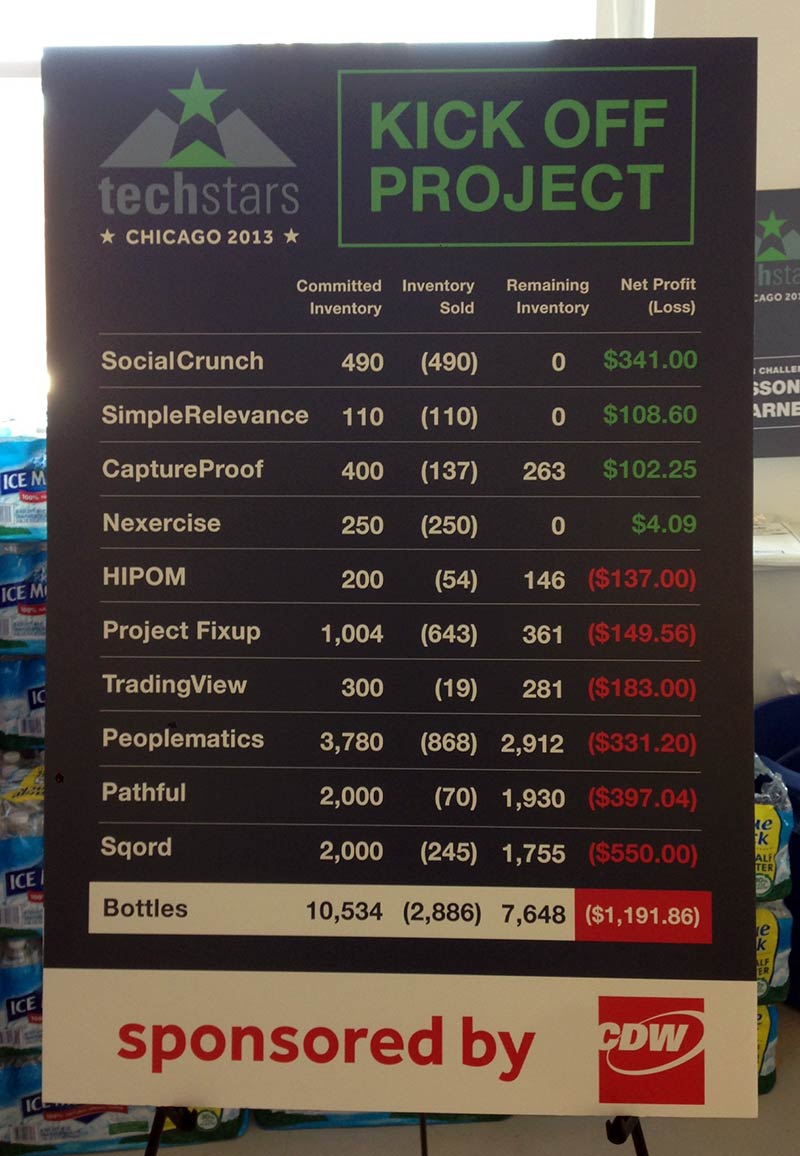In customer support, empathy is everything—we need to be able to put ourselves in our customers’ shoes, feel their pain, give them the kind of help we’d want to receive whenever we have a problem. Potential hires are even tested for empathy before joining the team. (In case you missed it, Jim wrote a lovely post about empathy yesterday.)
Empathy is a skill—like any other, a skill that can be fostered and developed and built into a culture. (Dev Patnaik’s “Wired to Care: How Companies Prosper When They Create Widespread Empathy” explores the role empathy plays in successful organizations.)
Every once in a while, admittedly, my empathetic skills can be … challenged. And sometimes I make mistakes.
It happens. When a person we are genuinely trying to help is being unnecessarily rude or refusing to listen, it can be frustrating. In those situations, our capacity for empathy is compromised. The temptation can be to “stoop to their level” because “they’re just not listening” or “I can’t get my point across any other way.”
I recently worked with a customer who wasn’t able to sign into her website. Not our product, Basecamp—her own website. I did my best to politely explain they were different tools, and that she’d want to contact the admin for her website. She “frowned” me, and left angry feedback because she still wasn’t able to sign into her website.
I checked this customer’s history—she had written in about the same issue before, and another teammate had already politely explained she was barking up the wrong tree. I tried another reply, explained a different way. She left more angry feedback, because she still couldn’t sign into this other tool.
At that point, frustration got the better of me. “I’m really sorry for the misunderstanding,” I wrote. “I can only help you with Basecamp, though. I’m unable to help you get into your website. That is not our tool, or our company. Does that makes sense? It is as though you have contacted support for your vacuum cleaner, when your dishwasher is what is broken.”
I went to her website and found the company who supports it, and gave her the link to their customer support site. Turns out, her website was for her petsitting business. I read her “About Me” page. She has two boxers.
I have two boxers.
Her humanity slapped me right across the face.
What was I doing, scolding this fellow animal lover (this fellow human!) about vacuum cleaners versus dishwashers? Why didn’t I try harder to explain things clearly and patiently, like I would with my mom and dad? (Come to think of it, why aren’t I more patient with my mom and dad when they have tech questions?) I felt about two inches tall.
She didn’t write back. I hope she got the help she needed.
From now on, in my mind: Every time there’s a challenging case, the customer owns at least two boxers.



